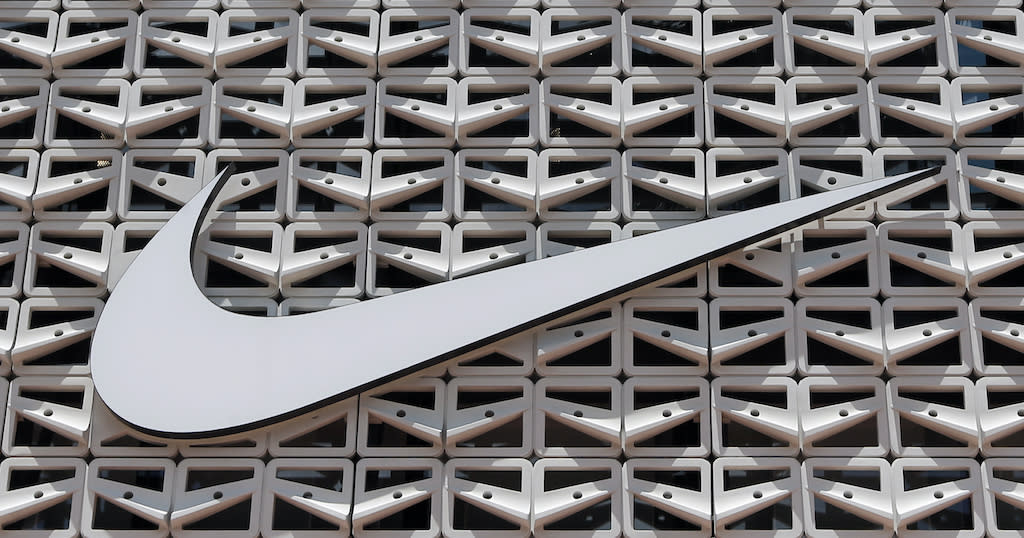Supply Chain Issues Hurt Nike This Quarter, But Analysts Still Expect Long-term Growth From the Swoosh

Nike missed revenue expectations this quarter. But analysts are still confident that the shoemaker can profit and outperform competitors in the long run.
On Thursday, Nike reported results for the first quarter of fiscal 2022. Revenues were $12.2 billion, up 16% year-over-year. This result fell short of estimates of $12.46 billion in revenues from a survey of analysts. Net income was $1.9 billion, up 23% year-over-year, with diluted earnings per share increasing 22% to $1.16, versus an expected $1.11.
More from Footwear News
Bella Hadid Goes Sporty in Track Pants and Sports Bra with Black Sneakers While Out in NYC
Amid Factory Closures, Retail Groups Call on Biden to Distribute Vaccines to Vietnam
Nike shares dropped about 3% in extended trading in the hour after it released earnings.
In a call with investors, executives said that misses this quarter were mainly a result of supply chain congestion and factory shutdowns, most notably in Vietnam, the second-largest supplier of footwear to the United States behind China.
Since July, factories in Vietnam have been shut down due to COVID-19-related issues, market watchers noted. The closures, which have gone on for 10 weeks, have been especially problematic for athletic footwear and apparel brands that rely on supply operations in the region.
Nike has had no unit production in Vietnam for over two months since two of its footwear suppliers in Vietnam stopped manufacturing in July. Vietnam previously accounted for 51% of Nike’s footwear and 30% of apparel units last year.
In light of the headwinds, Nike lowered its outlook and expects fiscal 2022 revenue to grow in the mid-single digits year-over-year compared with its previous guidance of low double-digit growth. Nike said it expects revenue growth to be flat or down in the low single digits year-over-year due to impact from factory closures.
“Our experience with COVID-related factory closures suggests that reopening and ramping back to full production scale will take time,” said Nike EVP and CFO Matthew Friend. “Lost weeks of production, combined with longer transit times, will lead to short-term inventory shortages in the marketplace for the next few quarters.”
Despite headwinds, executives and analysts are still optimistic about Nike’s potential to recover by fiscal 2023.
Stifel analyst Jim Duffy wrote in a note that these production issues are “transient” and that supply will likely balance out to meet demand by early fiscal year 2023.
“We remain compelled by the business transformation to a higher margin, higher return economic model,” Duffy wrote. “Accordingly, we continue to view Nike as a top-tier core holding for large-cap growth investors.”
BMO Capital Markets analyst Simeon Siegel expects continuous gains from Nike as well, and said that the company’s “size and budget prove a key, long-term competitive advantage.”
In predicting what will fuel long-term growth, executives and analysts called out key advantages for Nike, such as a powerful direct-to-consumer arm and a strong brand identity.
“Nike is the preferred athletic apparel brand across gender, all ages and income levels,” wrote Cowen analyst John Kernan in a note. “It continues to build a moat around its brand through category offense, innovation (Jordan, Flyknit, Air, React) and cultivating digital connections with consumers (NikePlus).”
Sign up for FN's Newsletter. For the latest news, follow us on Facebook, Twitter, and Instagram.


